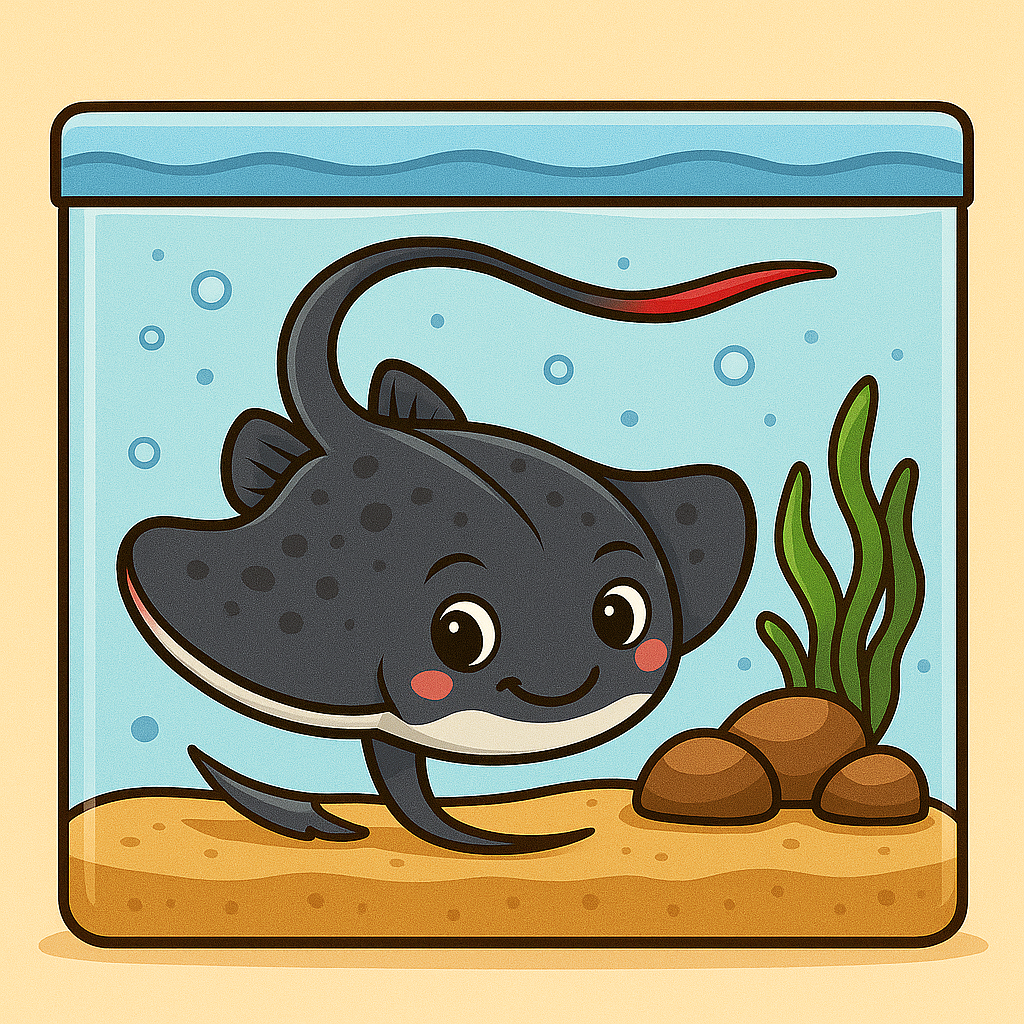Do Stingrays Shed Their Barbs?
🦂 Do Stingrays Shed Their Barbs?
✅ Yes, stingrays naturally shed their barbs (stingers) — this is part of growth and defense, ensuring they always have a sharp replacement spine.
🔬 Anatomy of the Barb
- 🦴 Material: Made of vasodentin (bone-like material), serrated like a saw.
- 💉 Venom: Grooved with venom-secreting cells under a sheath.
- ➕ Multiple Barbs: New ones grow behind the old one.
🔄 Shedding Cycle
- ⏳ Frequency: Every 6–12 months, sometimes more for young rays.
- 🌱 Regrowth: New barb grows in and pushes the old one out.
- ⚡ Triggers: Stress, growth rate, and water quality.
⚠️ Shed Barb Risks
- 🔪 Still Sharp: Even after shedding, barbs can cut skin or fins.
- 🧪 Residual Toxins: Fresh barbs may hold venom traces.
- 🐟 Tank Hazards: Loose barbs can injure other fish, even other rays.
🛠️ Aquarium Safety & Best Practices
- 🧹 Remove Shed Barbs Immediately
- Use tongs or nets — ❌ never bare hands.
- 🧤 Do NOT Run Hands Through Sand
- Rays bury themselves, and hidden barbs can sting you.
- 🐠 Protect Tankmates
- Remove barbs to prevent injuries to rays and other fish.
- 🔍 Good Maintenance
- Inspect substrate when cleaning.
- Safely discard barbs or keep in a container if you collect them.
📌 Extra Tips
- 🌊 In the wild, rays shed barbs like sharks replace teeth.
- 🦴 Malformed or excessive shedding may signal low calcium or poor diet.
- 🛡️ Use leak detectors and cameras if rays are in display tanks — better safety monitoring.

Impulsada por Lightspeed
Mostrar precios en:USD